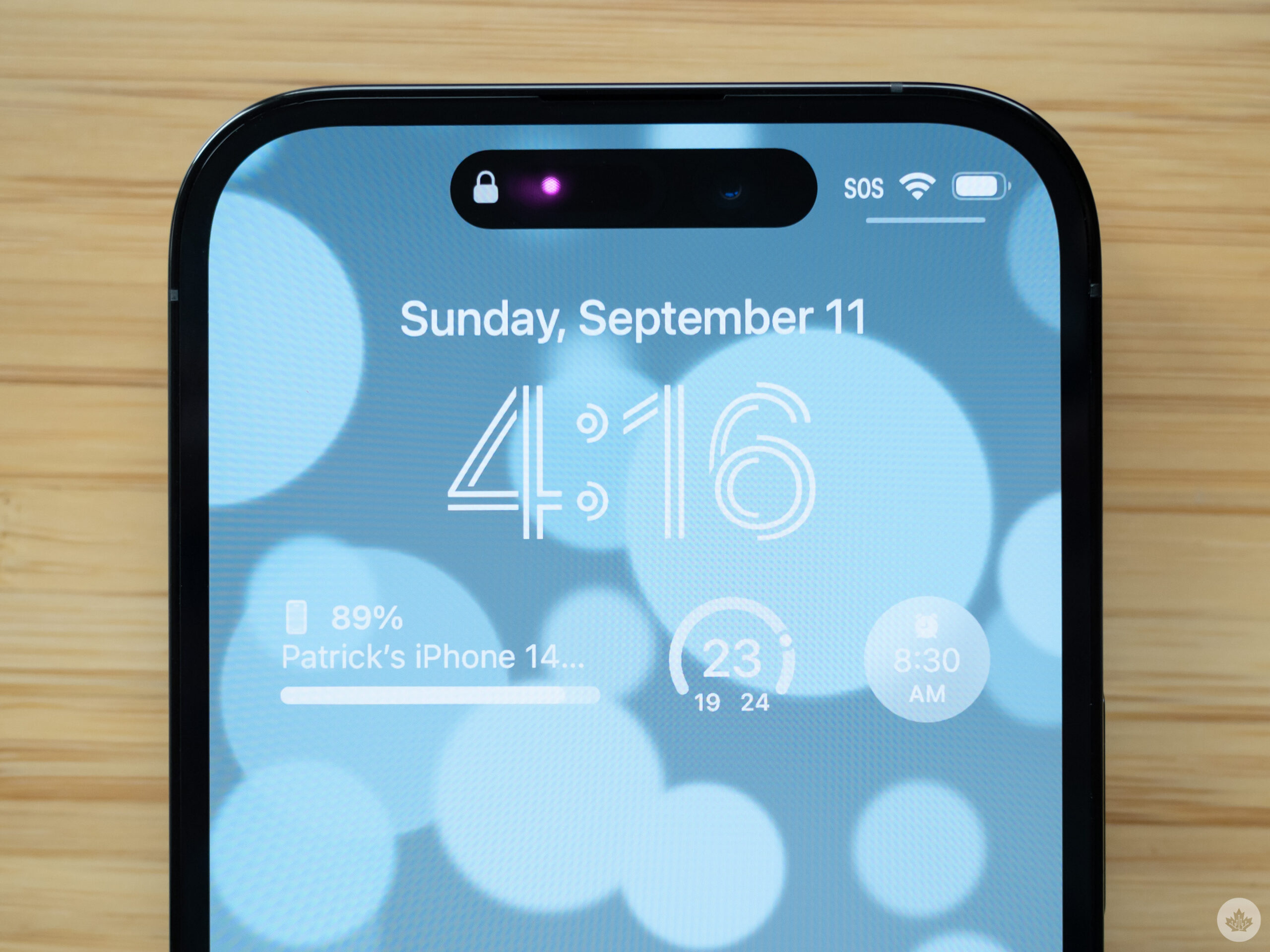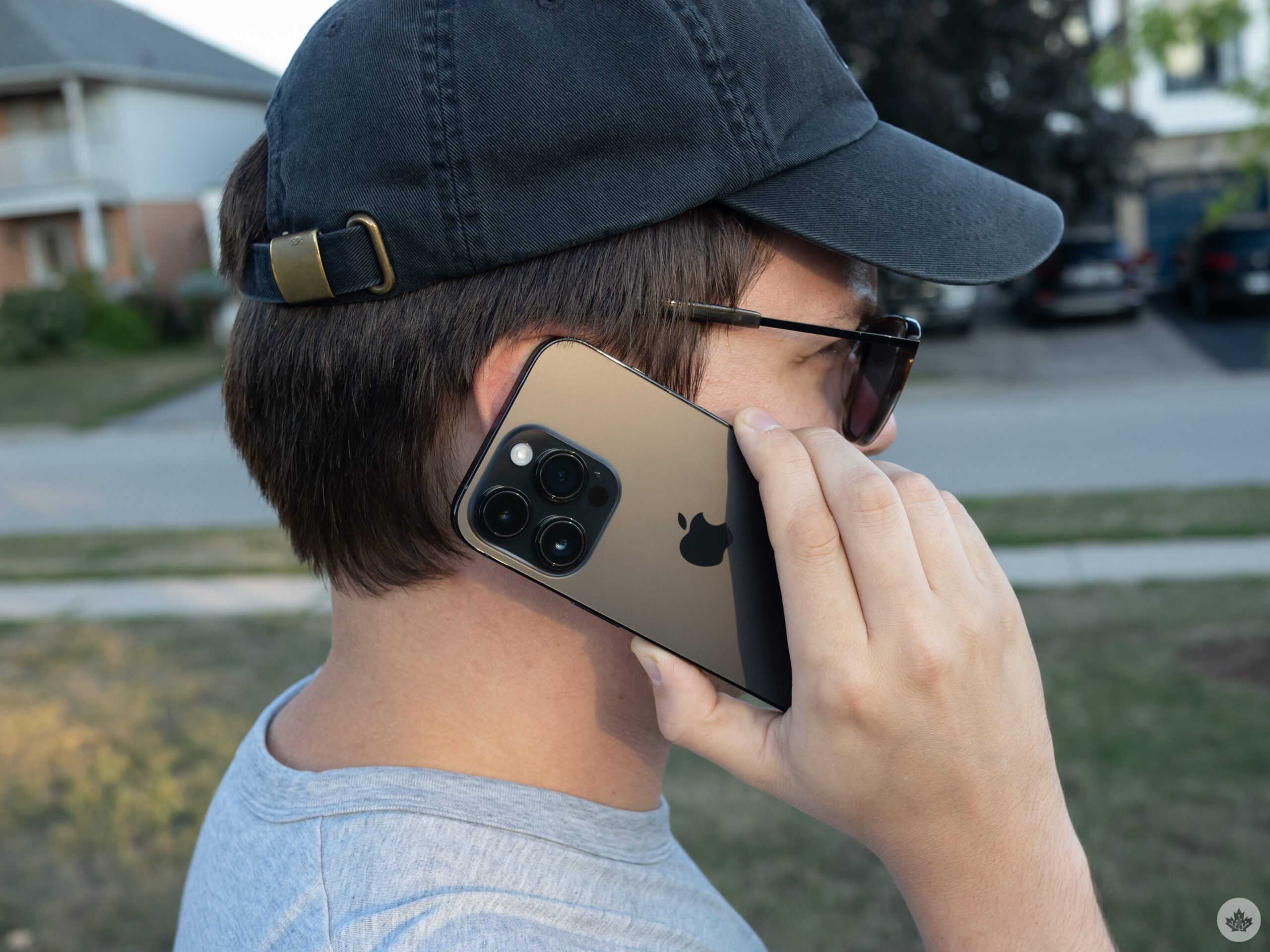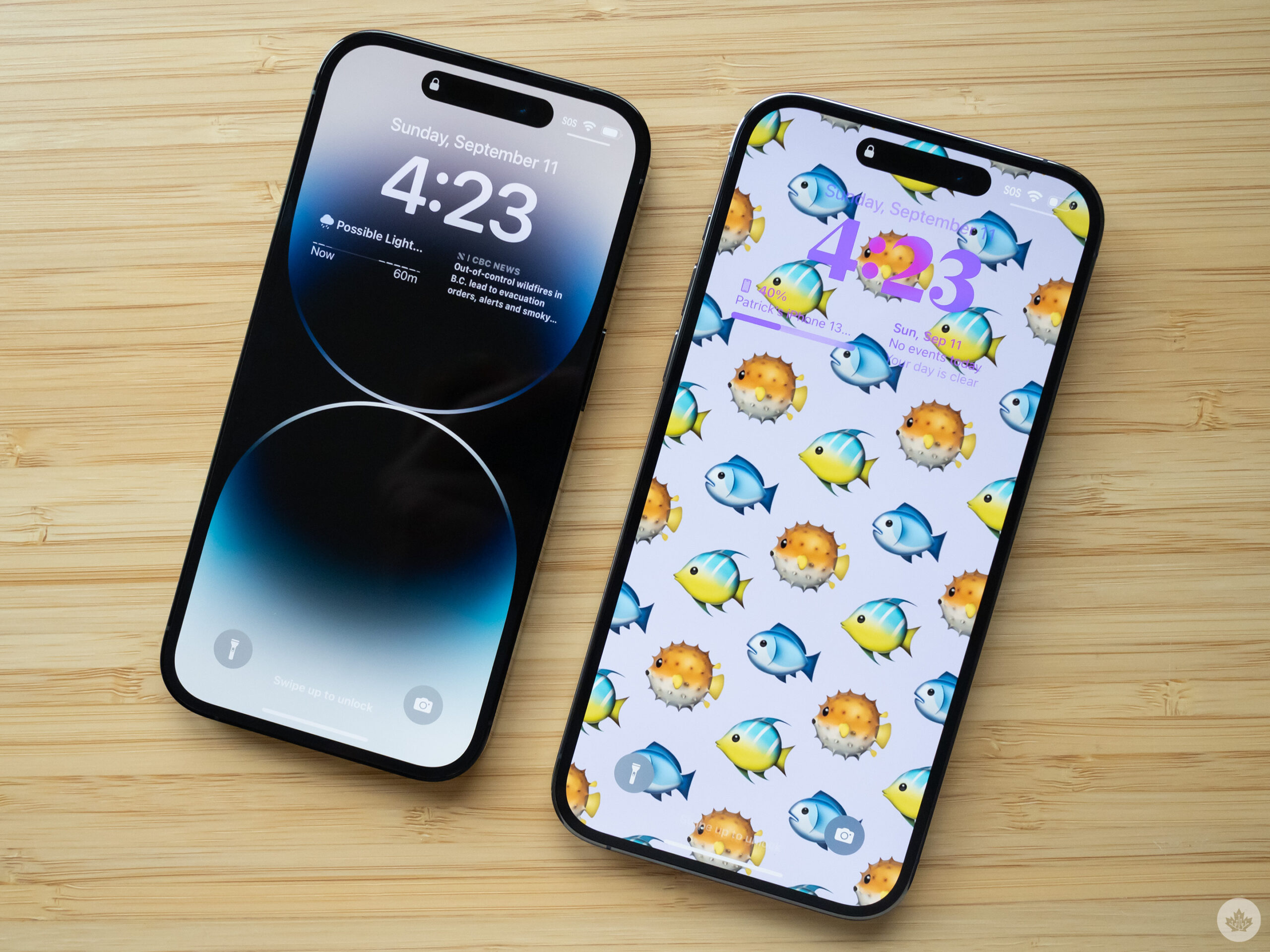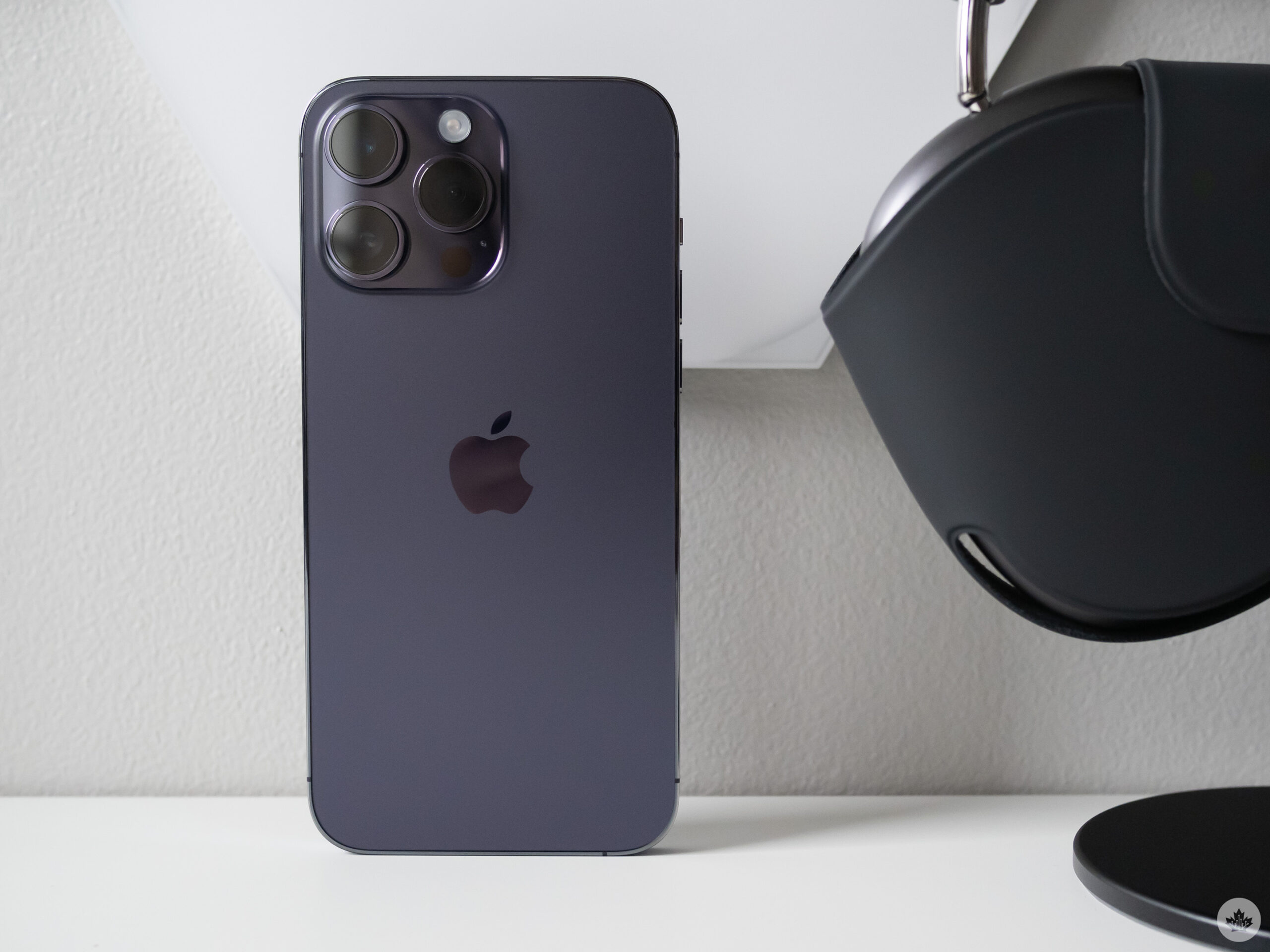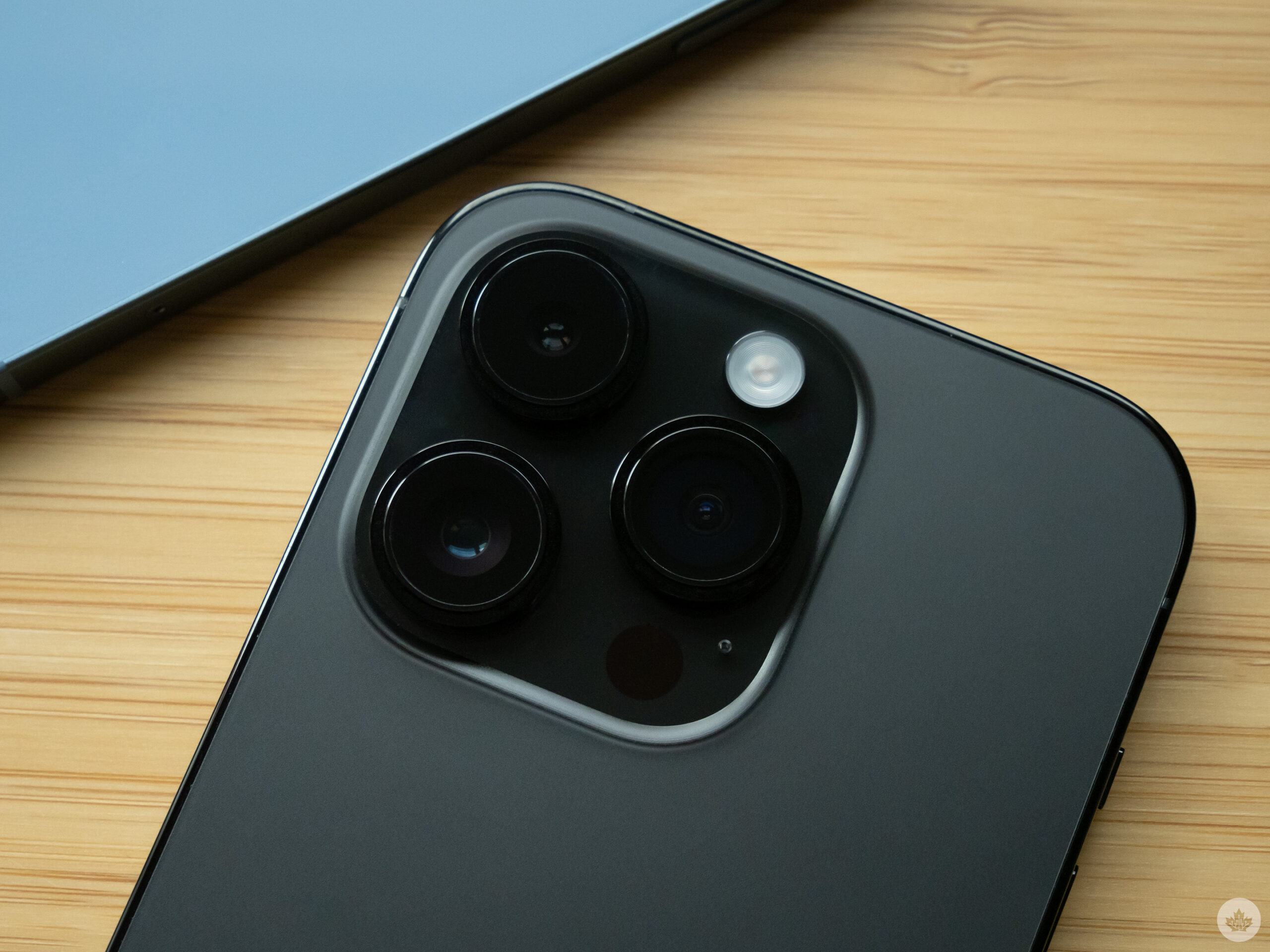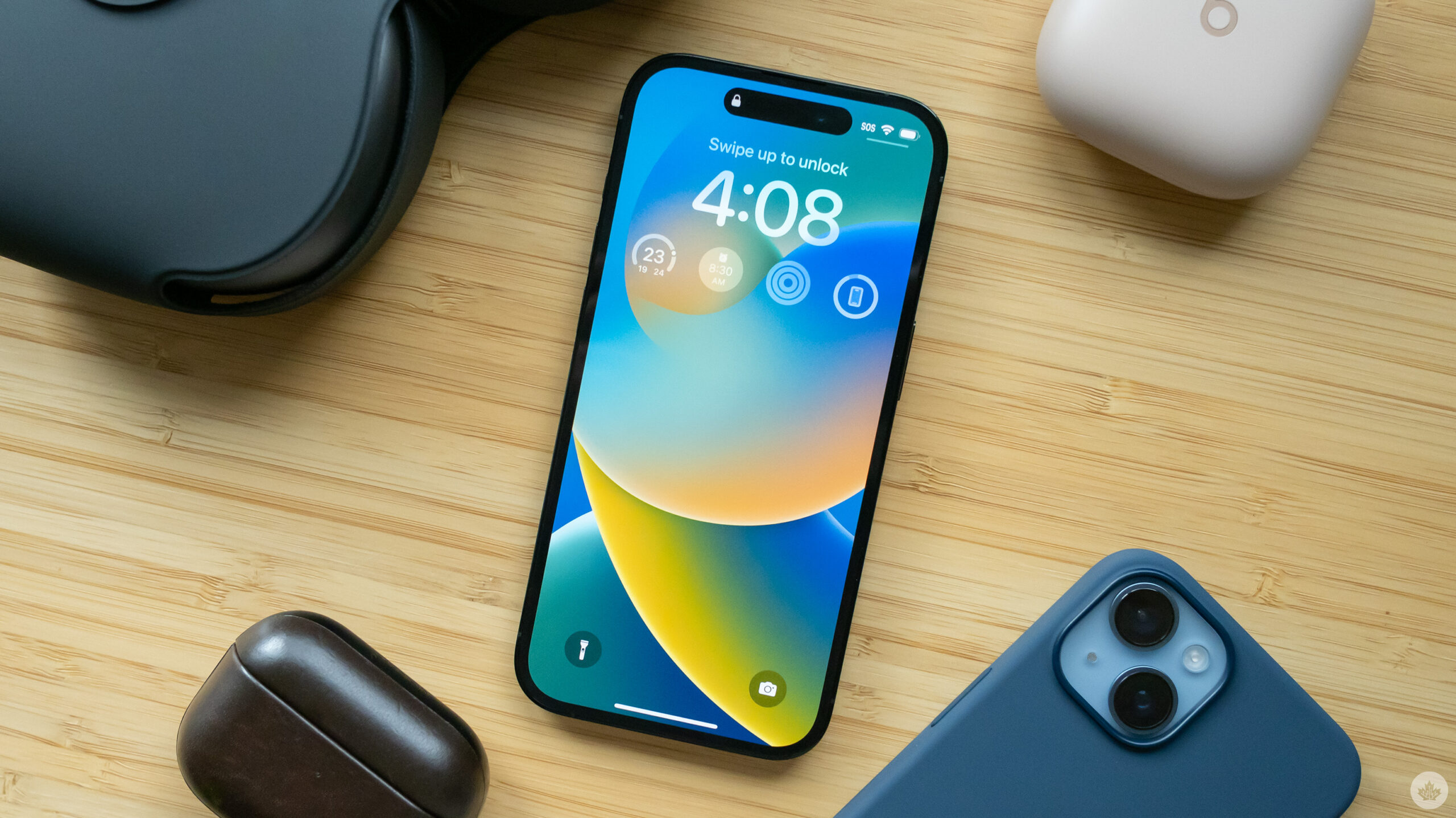
The Pros
- Dynamic Island is very cool
- Camera performance remains top-tier
- Always-on display is impressive
The Cons
- Similar to iPhone 13 Pro
- Marginal camera improvements
- Same design as last year
Every year a new iPhone drops like clockwork, and here we are in early September with the iPhone 14 Pro and iPhone 14 Pro Max.
Similar to last year’s move from the iPhone 12 Pro to the iPhone 13 Pro, the new iPhone 14 Pro and iPhone 14 Pro Max are yet another marginal step forward, albeit they offer a killer new feature that could eventually change the way you interact with your iPhone: the ‘Dynamic Island’ front camera display cut-out.
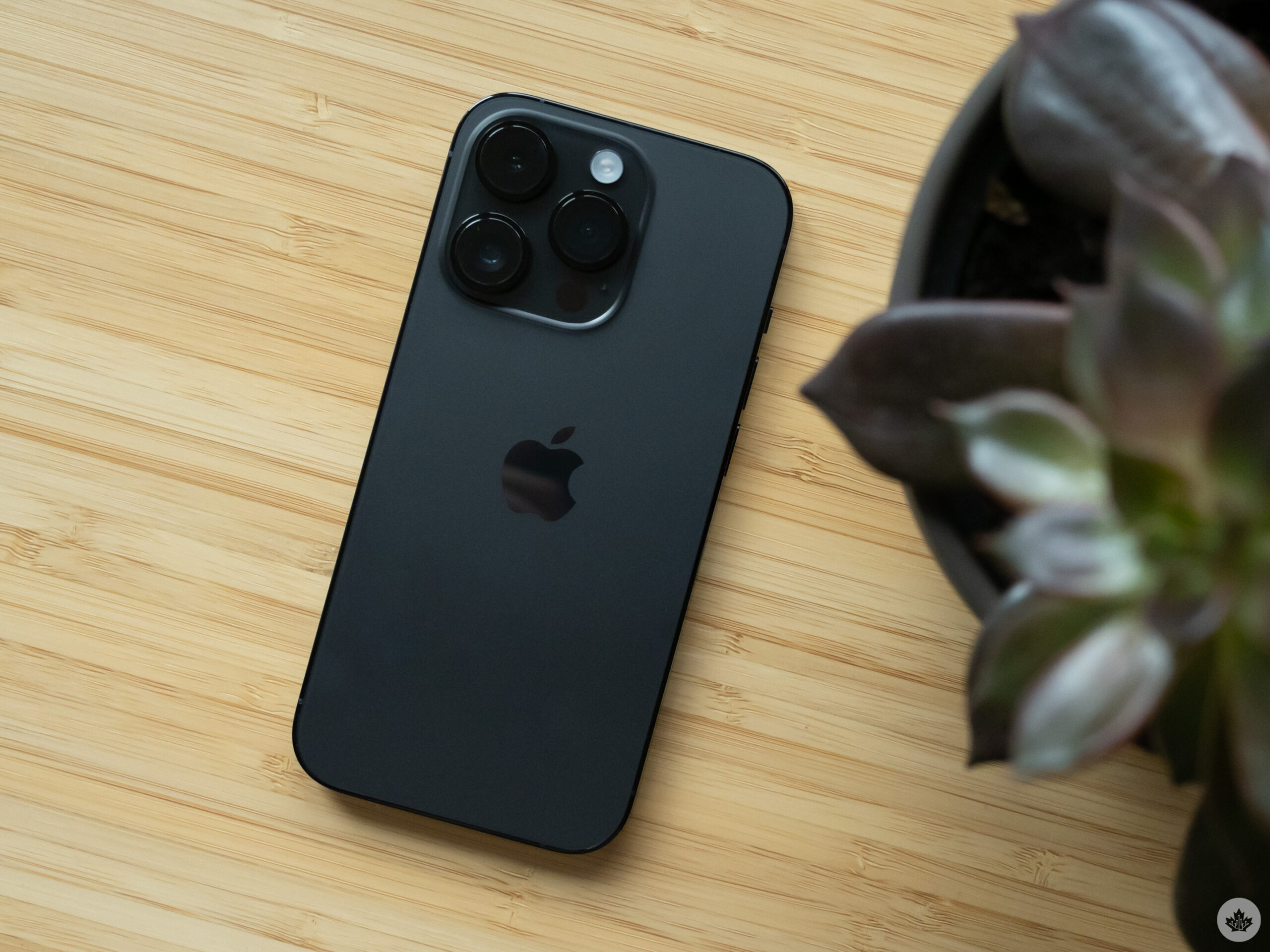 While I’ll delve into the Dynamic Island in detail later, I will say that the feature’s subtle animations and quick access to widgets combine to create one of the most exciting smartphone user interface features I’ve encountered in years.
While I’ll delve into the Dynamic Island in detail later, I will say that the feature’s subtle animations and quick access to widgets combine to create one of the most exciting smartphone user interface features I’ve encountered in years.
Other additions this year include Apple’s new A16 Bionic chip, an always-on display, a revamped TrueDepth camera system housed in the Dynamic Island cut-out, and, finally, a revamped 48-megapixel main shooter offering improved low-light performance. But are the improvements to the iPhone 14 Pro’s camera system substantial? No, not really, but they’re still noticeable, and the type of upgrade long-time iPhone users will appreciate.
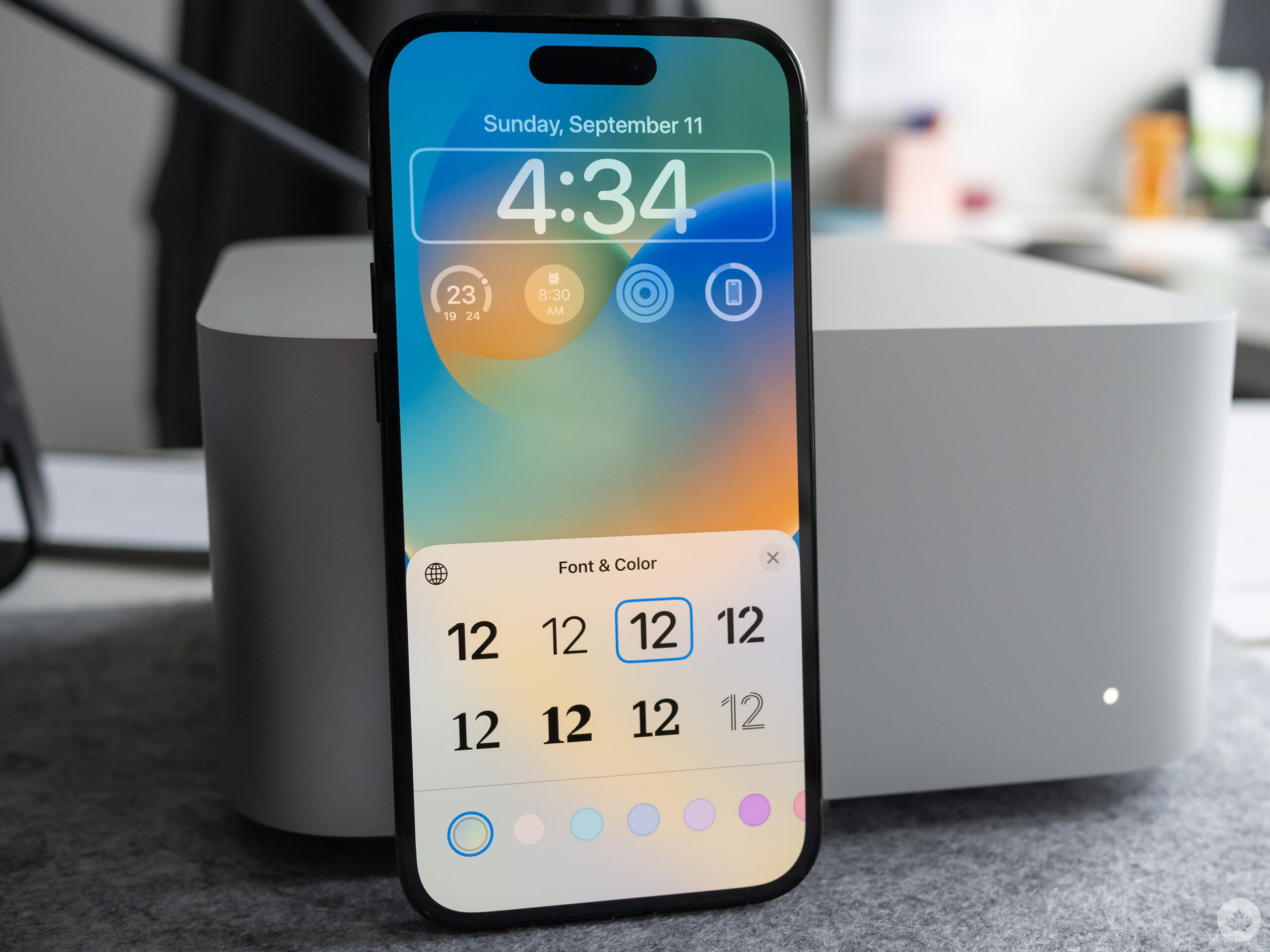
However, the overall design of the iPhone 14 Pro and iPhone 14 Pro Max remains the same as last year’s devices, including the bezels that are starting to look rather large compared to the high-end Android smartphone competition and its sizable camera bump that’s slightly larger this year.
With that in mind, if you were hoping this would be a redesign year for Apple, you’ll be disappointed with the tech giant’s latest iPhones.
iPhone 14 Pro
iPhone 14 Pro Max
Display
6.1-inch, Super Retina XDR, OLED True Tone display, 2556 x 1179 pixels, HDR 10, Dolby Vision, 120Hz refresh rate
6.7-inch, Super Retina XDR, OLED True Tone display, 2779 x 1290 pixels, HDR 10, Dolby Vision, 120Hz refresh rate
Processor
A16 Bionic chip
A16 Bionic chip
RAM
N/A
N/A
Storage
128GB, 256GB, 512GB, 1TB
128GB, 256GB, 512GB, 1TB
Dimensions (in.)
147.5 x 71.5 x 7.85mm
160.7 x 77.6 x 7.85mm
Weight
206g
240g
Rear Facing Camera
48-megapixel (f/1.78, OIS, wide angle) + 12-megapixel (f/2.8, OIS, telephoto 3x optical ) + 12-megapixel (f/2.2, OIS, ultra-wide angle)
48-megapixel (f/1.78, OIS, wide angle) + 12-megapixel (f/2.8, OIS, telephoto 3x optical ) + 12-megapixel (f/2.2, OIS, ultra-wide angle)
Front Facing Camera
12-megapixel (f/1.9)
12-megapixel (f/1.9)
OS
iOS 16
iOS 16
Battery
Up to 23 hours video playback
Up to 29 hours video playback
Network Connectivity
LTE/5G
LTE/5G
Sensors
Face ID, Three axis gyro, Accelerometer, Ambient light sensor, Barometer
Face ID, Three axis gyro, Accelerometer, Ambient light sensor, Barometer
SIM Type
Nano SIM, eSIM
Nano SIM, eSIM
Launch Date
September 16, 2022
September 16, 2022
Misc
Colours: Space Black, Silver, Gold, Deep Purple
Colours: Space Black, Silver, Gold, Deep Purple
Display
iPhone 14 Pro
6.1-inch, Super Retina XDR, OLED True Tone display, 2556 x 1179 pixels, HDR 10, Dolby Vision, 120Hz refresh rate
iPhone 14 Pro Max
6.7-inch, Super Retina XDR, OLED True Tone display, 2779 x 1290 pixels, HDR 10, Dolby Vision, 120Hz refresh rate
Processor
iPhone 14 Pro
A16 Bionic chip
iPhone 14 Pro Max
A16 Bionic chip
RAM
iPhone 14 Pro
N/A
iPhone 14 Pro Max
N/A
Storage
iPhone 14 Pro
128GB, 256GB, 512GB, 1TB
iPhone 14 Pro Max
128GB, 256GB, 512GB, 1TB
Dimensions (in.)
iPhone 14 Pro
147.5 x 71.5 x 7.85mm
iPhone 14 Pro Max
160.7 x 77.6 x 7.85mm
Weight
iPhone 14 Pro
206g
iPhone 14 Pro Max
240g
Rear Facing Camera
iPhone 14 Pro
48-megapixel (f/1.78, OIS, wide angle) + 12-megapixel (f/2.8, OIS, telephoto 3x optical ) + 12-megapixel (f/2.2, OIS, ultra-wide angle)
iPhone 14 Pro Max
48-megapixel (f/1.78, OIS, wide angle) + 12-megapixel (f/2.8, OIS, telephoto 3x optical ) + 12-megapixel (f/2.2, OIS, ultra-wide angle)
Front Facing Camera
iPhone 14 Pro
12-megapixel (f/1.9)
iPhone 14 Pro Max
12-megapixel (f/1.9)
OS
iPhone 14 Pro
iOS 16
iPhone 14 Pro Max
iOS 16
Battery
iPhone 14 Pro
Up to 23 hours video playback
iPhone 14 Pro Max
Up to 29 hours video playback
Network Connectivity
iPhone 14 Pro
LTE/5G
iPhone 14 Pro Max
LTE/5G
Sensors
iPhone 14 Pro
Face ID, Three axis gyro, Accelerometer, Ambient light sensor, Barometer
iPhone 14 Pro Max
Face ID, Three axis gyro, Accelerometer, Ambient light sensor, Barometer
SIM Type
iPhone 14 Pro
Nano SIM, eSIM
iPhone 14 Pro Max
Nano SIM, eSIM
Launch Date
iPhone 14 Pro
September 16, 2022
iPhone 14 Pro Max
September 16, 2022
Misc
iPhone 14 Pro
Colours: Space Black, Silver, Gold, Deep Purple
iPhone 14 Pro Max
Colours: Space Black, Silver, Gold, Deep Purple
For an in-depth look at the iPhone 14, check out my review.
Welcome to the Dynamic Island
The most exciting thing about the iPhone 14 Pro and iPhone 14 Pro Max is the new ‘Dynamic Island’ — and for the record, I think Dynamic Island is a great name. The new camera cut-out that houses alerts and specific notifications in one interactive location is a fascinating UI shift on Apple’s part.
“The Dynamic Island’s subtle animations feature a fluidity that makes the cut-out feel alive…”
If you’re listening to music, a small waveform appears in the Dynamic Island, and when you briefly tap on it, you’re able to jump directly into the track. Connecting AirPods creates a quick-access tab, FaceTime is easily accessible, and multiple apps can even appear at once. For example, if you’re listening to music and set a timer, the cut-out splits into two bubbles, and a little green circle appears when you’re snapping photos or shooting video.
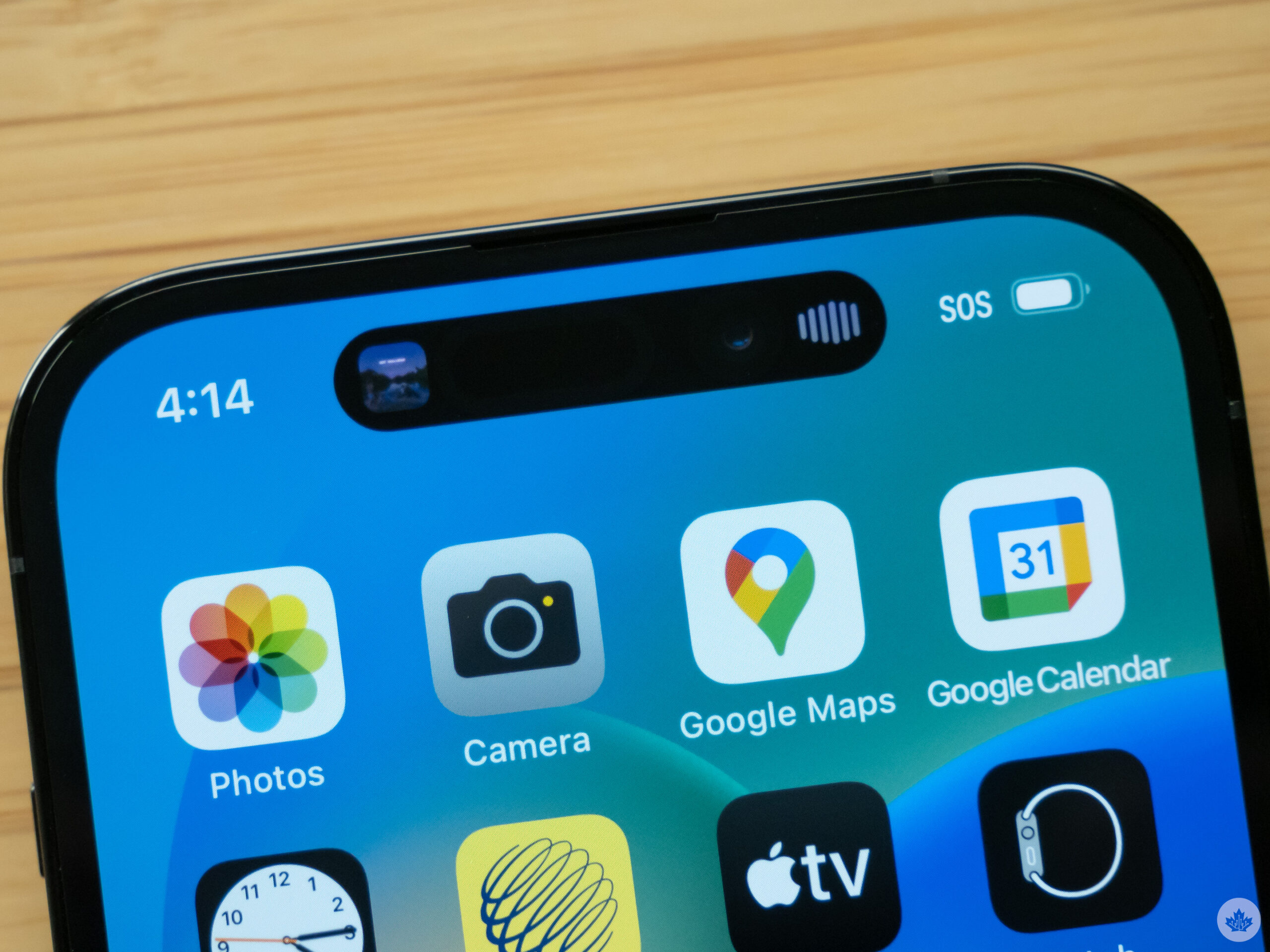
The Dynamic Island’s subtle animations feature a fluidity that makes the cut-out feel alive, and I found myself repeatedly tapping it just to watch it in action. It’s yet another example of Apple taking well-established tech and improving it. Huawei launched the first device with a hole-punch display cut out several years ago, and Apple has now built on it in a meaningful way.
Of course, on the other hand, this is also the company playing catch-up with its competitors several years later, most notably Samsung’s flagship S series line, which has offered its ‘Infinity-O’ display since the release of the Galaxy S10 in 2019.
But Dynamic Island isn’t perfect. Third-party app support is currently lacklustre, with only apps (like Spotify) that include Apple’s ‘Now Playing’ and ‘CallKit’ development APIs working as a quick-access widget.
This will likely change shortly after the iPhone 14 Pro’s release, given the control Apple maintains over its mobile app development ecosystem and the upcoming release of its ‘Live Activities’ development API. It’s also strange that a long press opens a widget while a short press launches the full version of an app. To me, it would be more intuitive if this action were reversed.
You could also make the argument that Dynamic Island is more obtrusive than even the notch. But just like the notch, for me, it quickly faded into the background of my experience with the iPhone 14 Pro and iPhone 14 Pro Max.
I clearly see the DNA of the MacBook Pro’s beleaguered Touch Bar in Dynamic Island, and we know how that worked out. Still, the potential is there, and it’s undeniably original and cool. I’m confident if any company can pull something like an interactive display cut-out off, it’s Apple.
What else is new?
The other marquee new feature this year is the always-on display, another example of functionality several Android devices have offered for years. So, does Apple build on the established concept in a meaningful way? In this case, the answer to this question is a little mixed.
Both the iPhone 14 Pro and iPhone 14 Pro Max support Apple’s new always-on display with their respective Super Retina XDR 6.1-inch 2556 x 1779 (460ppi) pixel resolution and 6.7-inch 2796 x 1290 (460ppi) displays. The tech giant’s take on always-on display runs at a low 1Hz refresh rate to save battery. When using the phone, the display can ratchet up to 120Hz ProMotion for animations and then down to 10Hz to conserve battery life. The always-on display will also shut off when in your pocket or if you flip the smartphone over.
The iPhone 14 Pro’s always-on display stands out from other smartphone manufacturers because it features a dash of faded colour behind its customizable widgets for features like Battery Life, Calendar, Weather and more. However, like the Dynamic Island, third-party app support for lockscreen widgets remains limited at launch. This will likely change quickly, with Google already jumping onboard, but at the outset, it’s still disappointing.
I continue to question how helpful always-on displays are and whether anyone needs to be that connected to their smartphone’s notifications. Still, Apple’s always-on implementation is the best I’ve seen so far, and surprisingly, it doesn’t seem to impact the smartphone’s all-day battery life significantly (I plan to test the iPhone 14 Pro’s battery life more in the coming weeks).
Speaking of the iPhone 14 Pro’s display, the new screen can hit 2,000 nits of brightness in direct sunlight, with HDR achieving 1,600 nits. The additional brightness is barely noticeable in everyday use, but while watching See on Apple TV+, I noted that certain portions of the TV show did indeed look noticeably brighter.
Then there's the new A16 chip, which benchmarks impressively above the A15 thanks to its 6-core CPU built on a 4-nanometer process and 50 percent increased memory bandwidth.
Though it's already been the case for the past several years, I didn't experience any slowdown or lag during my time with the iPhone 14 Pro or iPhone 14 Pro Max, regardless if I was editing photos, playing games, watching YouTube videos or just browsing the internet.
Emergency SOS via Satellite and Crash Detection
While 'Emergency SOS via Satellite' doesn't officially release in Canada until November, I briefly watched a demo of the feature in action at Apple Park in Cupertino, California. Emergency SOS launches if you don't have cellular or Wi-Fi connectivity, allowing you to orient the iPhone 14 Pro to connect to a nearby satellite.
You can then select from several pre-created messages that are sent to an Apple relay centre and forwarded to emergency services. Emergency SOS takes a few seconds to connect, but the process seems relatively smooth. It's worth noting that while the feature is free for the next two years, it will cost a subscription fee in the future.
Emergency SOS via Satellite is something no other smartphone manufacturer currently does and offers additional peace of mind. However, it's still the type of functionality the average iPhone user will likely never use.
On the other hand, 'Crash Detection' utilizes the iPhone 14's dual accelerometer to detect the high g-force commonly associated with crashes and automatically calls emergency services to provide a voice memo and your location. The feature can also notify your emergency contacts via a text message that includes your location.
It's impossible to verify the accuracy of Apple's claims regarding Crash Detection because you'd actually need to be in a car accident, so I have to take the tech giant's word on how well it works. Similar to Emergency SOS, this is the type of feature that very few iPhone users will ever take advantage of, but it's a welcome addition to the iPhone 14 Pro's arsenal.
Subtle camera improvements
For the first time in years, Apple has ditched its main 12-megapixel sensor in favour of a new 48-megapixel f/1.8 24mm sensor that utilizes "quad pixel" pixel binning to scale down to 12-megapixels. This allows for improved low-light performance and the ability to capture greater detail thanks to the iPhone 14 Pro's new version of computational photography 'Deep Fusion' called the 'Photonic Engine' that takes place earlier in the photo process.
The iPhone 14 Pro also now offers 2x telephoto zoom (48mm focal length) alongside 0.5x ultra-wide (13mm), wide 1x (24mm) and telephoto 3x (77mm). With that said, despite Apple's claims, most wouldn't consider the new 2x focal length truly optical zoom.
To achieve the 2x zoom, Apple is using the 12-megapixel centre of the 48-megapixel sensor, which isn't technically optical zoom since it's not a physical zoom lens on the rear of the smartphone. Still, it results in higher-quality telephoto images than purely digital zoom. It's worth noting that sensor cropping is something we've seen Samsung and Huawei offer in their devices for the past several years, and this isn't an entirely original feature from Apple.

Regarding the iPhone 14 Pro's other shooters, the telephoto lens remains the same as last year, while the ultra-wide features a new sensor that's larger than the iPhone 13 Pro's.
It performs better under low light but unfortunately still features the strange warping that often appears with ultra-wide lenses. It would be great to see Apple move towards removing this effect via software, similar to OnePlus.
Flipping the iPhone 14 Pro to the front, the selfie shooter now resides inside Dynamic Island. It features a wider f/1.9 aperture, which improves its low-light performance by a very slim margin, offering more detail and better white balance when snapping selfies.
So what do all these technical camera upgrades mean in practice? The iPhone 14 Pro's camera is slightly better than the iPhone 13 Pro's, and the law of diminishing returns is definitely at play here.
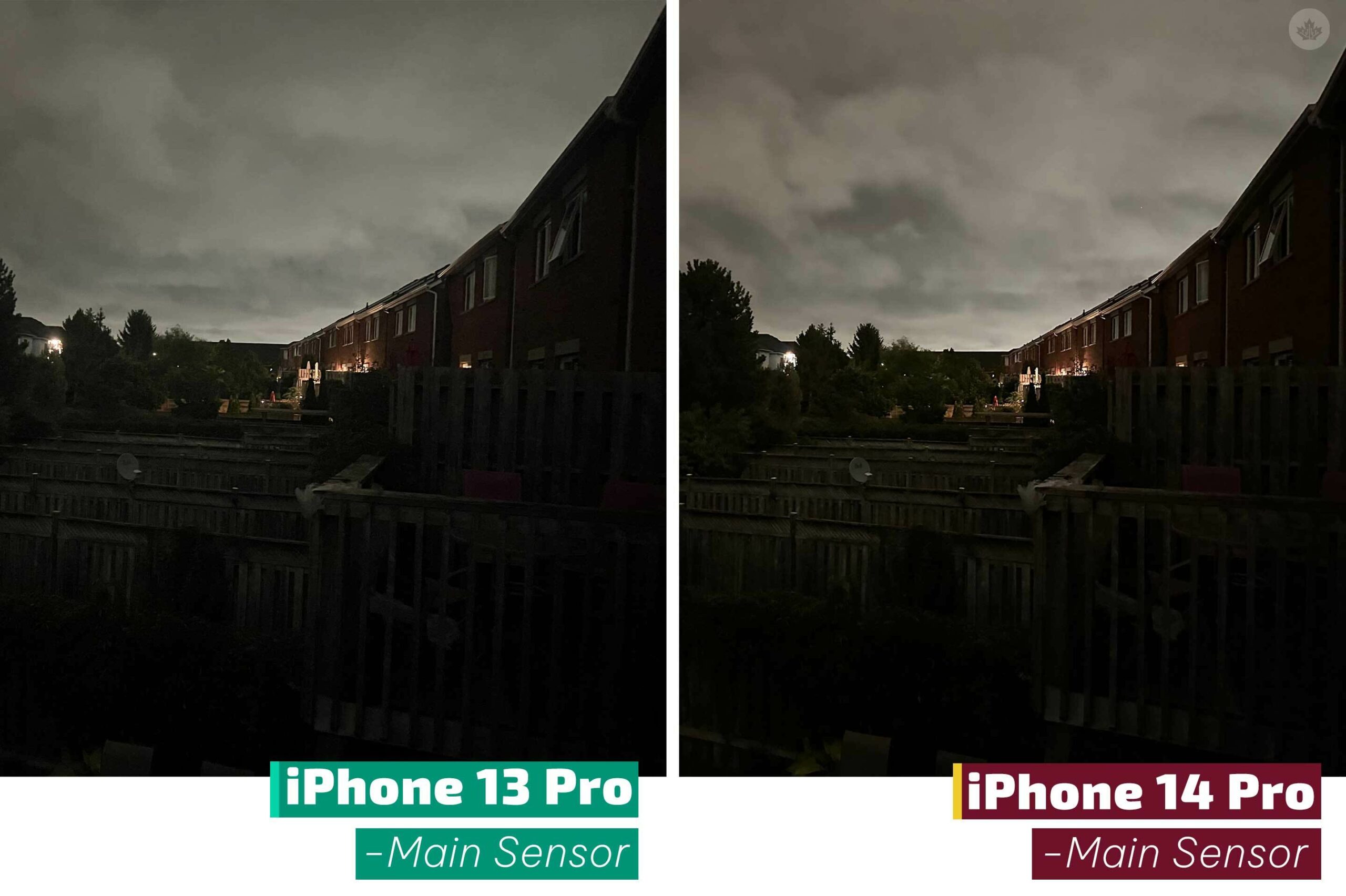
In this relatively uninspired picture of my neighbours' backyards, you can see the improvements in low-light performance with night mode entirely off. The entire image looks sharper, but more importantly, the lights on the right side are far clear with the iPhone 14 Pro than they are with the iPhone 13 Pro.
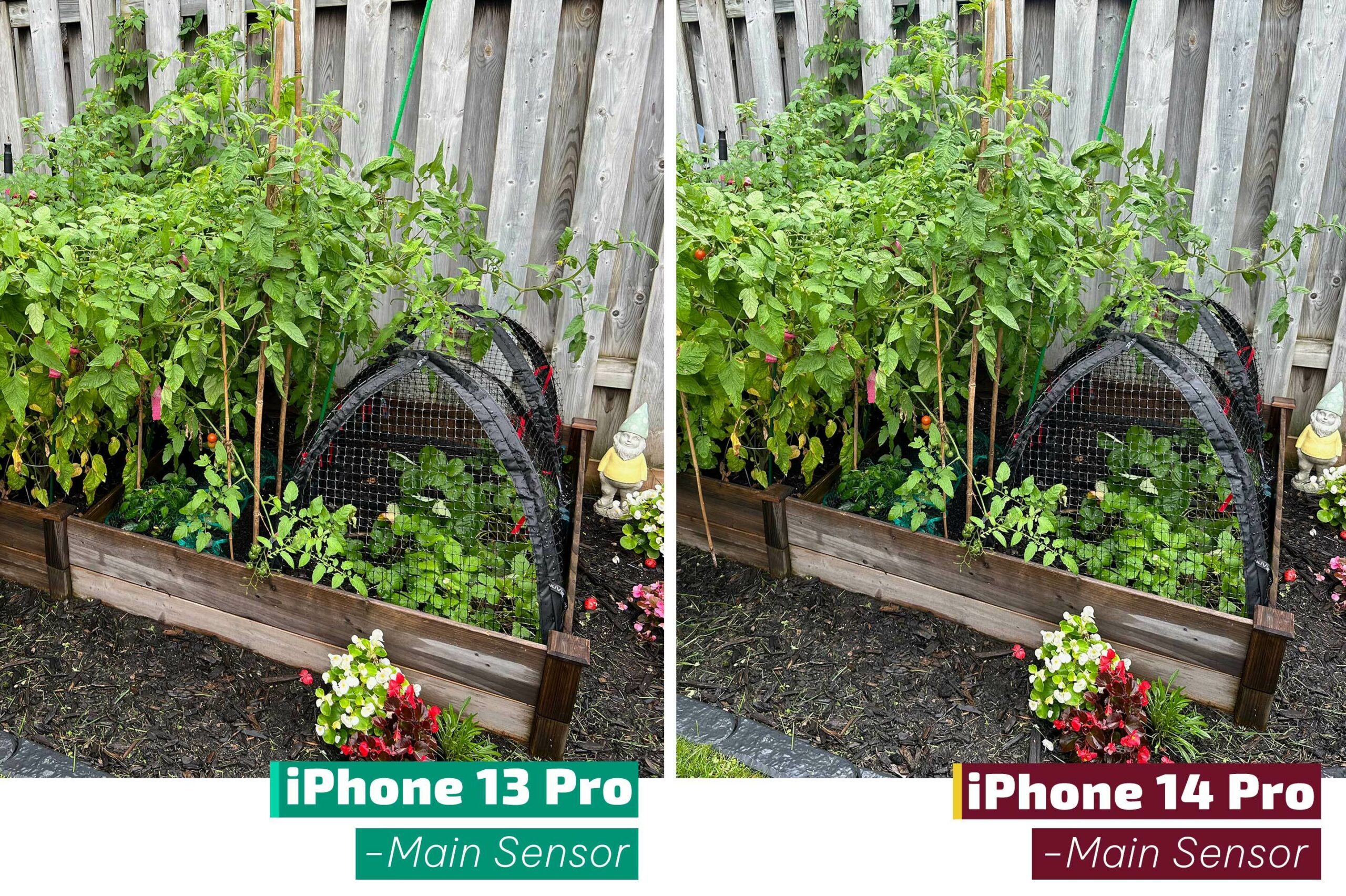
This image taken on an overcast day is the best example of the sometimes imperceptible differences between the iPhone 14 Pro's and iPhone 13 Pro's shooters under good lighting conditions. You could make the argument that the foliage in my overgrown tomato plants is sharper in the iPhone 14 Pro photo, but you really need to pixel peep, and even then, the difference is negligible. That said, the wide camera's 24mm focal length allows for more of the subject to be photographed compared to the iPhone 13 Pro's 26mm lens.
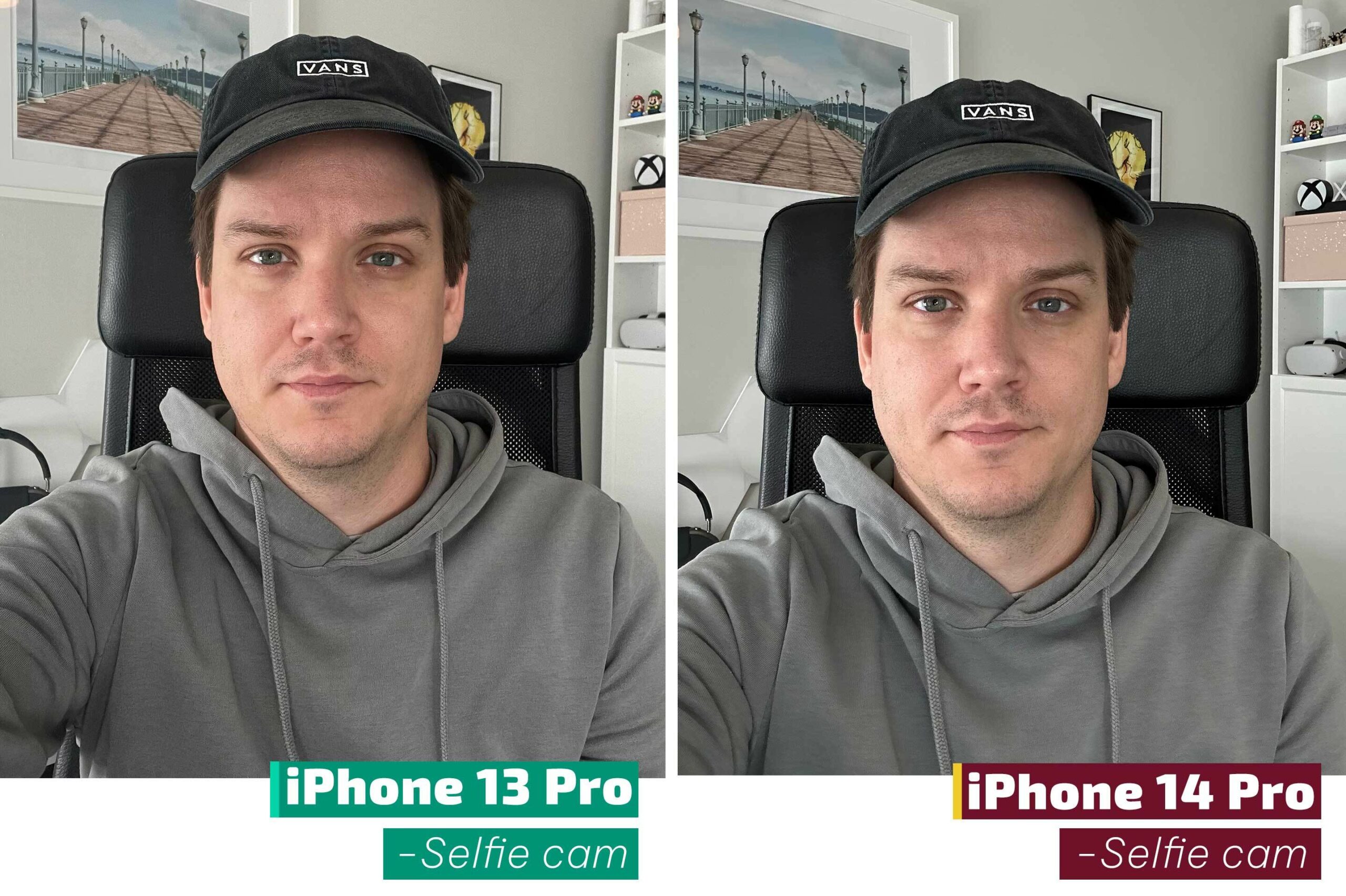
On the selfie-shooter side, the situation is very similar. My face is slightly sharper, the white balance is more true-to-life, and there's additional detail present in the iPhone 14 photo. The background is notably more in focus in the iPhone 14 shot. Overall, the difference is minute.
![]() The Phone 14 Pro's main shooter also manages to surpass Google's Pixel 6 Pro in terms of colour vibrancy and saturation. On the white balance side, the iPhone 14 Pro also surpasses the iPhone 13 Pro in the above test. Still, as I've mentioned before, the improvements are barely noticeable, even when adding Google's flagship smartphone to the mix.
The Phone 14 Pro's main shooter also manages to surpass Google's Pixel 6 Pro in terms of colour vibrancy and saturation. On the white balance side, the iPhone 14 Pro also surpasses the iPhone 13 Pro in the above test. Still, as I've mentioned before, the improvements are barely noticeable, even when adding Google's flagship smartphone to the mix.
It's worth noting the iPhone 14 Pro's flash has been redesigned with an array of nine LEDs, though in my experience, I didn't notice a substantial difference in quality beyond the flash illuminating the subject more. You can also shoot full 48-megapixel images with ProRes RAW mode enabled, though it's unlikely anyone will ever need an image of this size shot with their smartphone.
Then there's 'Action Mode,' Apple's new video stabilization feature. Under good lighting conditions, it produces pretty great-looking footage that features a touch too much contrast for my liking. I can see it being useful in certain situations -- for example, if you're trying to capture video while riding a bike or running. Action Mode supports up to a 2.8k resolution and 60fps.
Enjoy as I ride Xiaomi's Mi Electric Pro 2 scooter around my neighbourhood while testing out Action Mode.
Apple has also updated 'Cinematic Mode,' last year's video addition with the iPhone 13 Pro, to work in 4K resolution at 24fps.
Everything else
As always, there are new colours this year, including my personal favourite, 'Deep Purple,' along with 'Space Black.' Next to the iPhone 13's 'Alpine Green,' Deep Purple is my favourite iPhone colour yet. It's a subtle yet vibrant hue that fits well with my understated preference for smartphone colours. The new Space Black is... well, black, and is relatively bland. Other colours, including 'Gold' and 'Silver' (which is really just white) return this year.
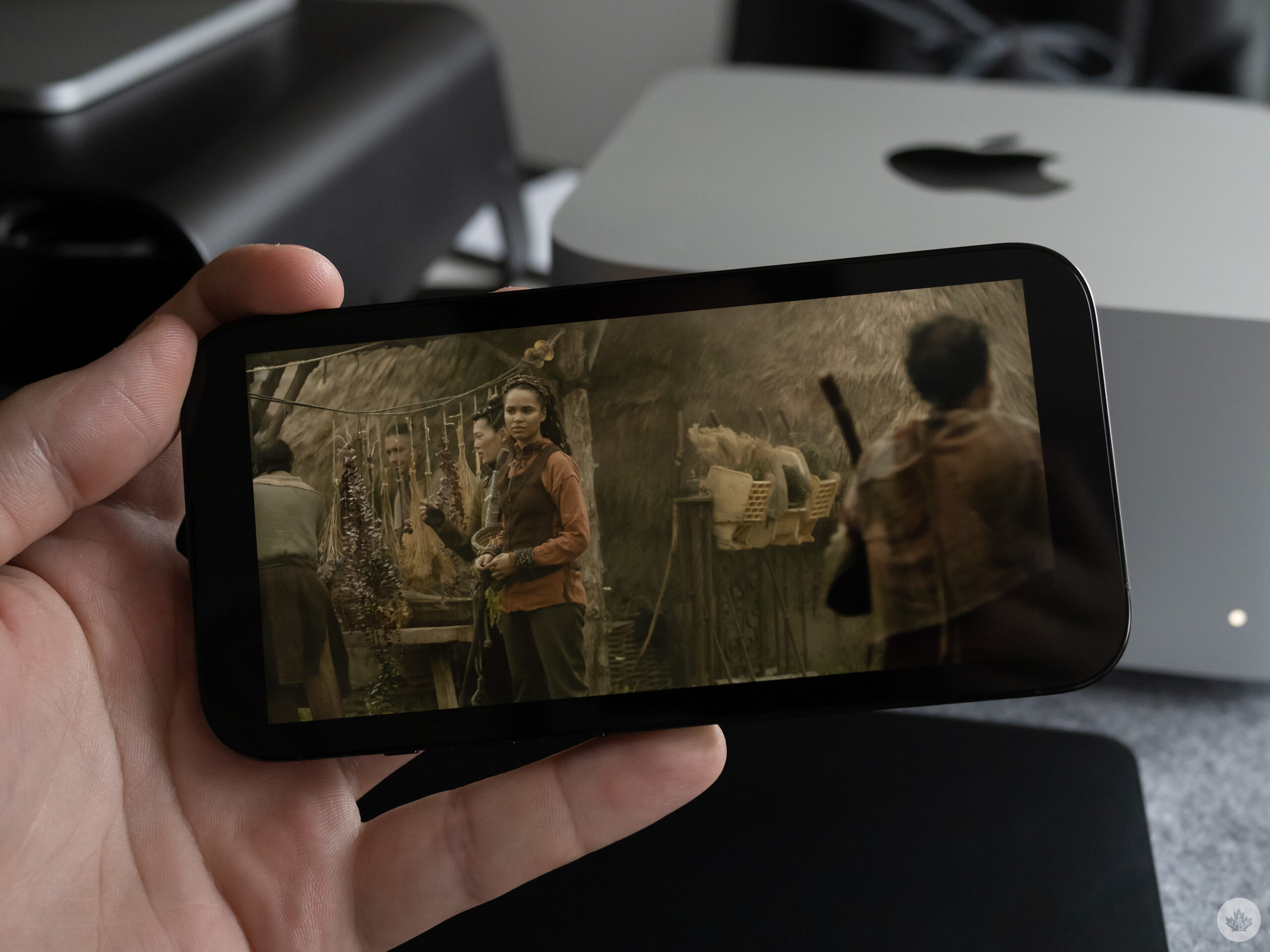 Though not directly tied to the iPhone 14 Pro, iOS 16 brings an array of new features to Apple's iPhone line, including sharing iCloud Photo Libraries, the ability to unsend messages via iMessage and my personal favourite, the customizable lock screen.
Though not directly tied to the iPhone 14 Pro, iOS 16 brings an array of new features to Apple's iPhone line, including sharing iCloud Photo Libraries, the ability to unsend messages via iMessage and my personal favourite, the customizable lock screen.
I'm well aware that Android has offered similar functionality for several years. Still, the subtle intuitiveness of shifting the clock's colours or creating the nightmare eggplant emoji wallpaper of your dreams can't be understated. The feature will undoubtedly be a hit with most iPhone users, and I'm excited to see the inventive lockscreens and wallpapers people create.
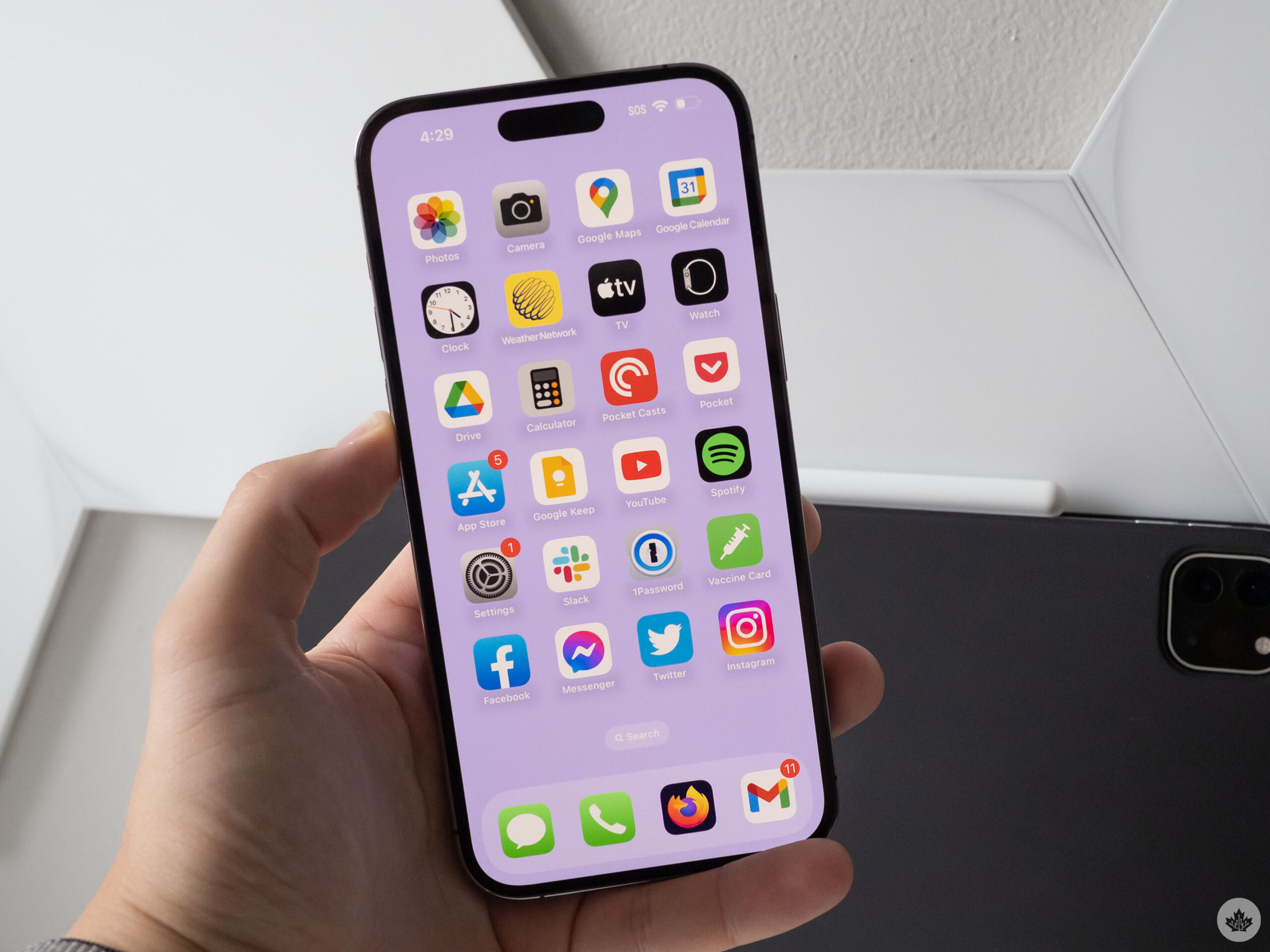
Another marginal upgrade
Beyond the very cool and full of potential Dynamic Island -- which, unfortunately, is not yet compatible with most third-party apps -- the majority of the upgrades to the iPhone 14 Pro are minor and in line with the shift from the iPhone 12 Pro to the iPhone 13 Pro.
The camera performance is improved across the board, though only slightly, the A16 chip offers a power boost (but the A15 was already plenty powerful enough for running iOS apps) and the always-on screen is an interesting take on an established smartphone feature with a very Apple-like spin to it.
Those who own an iPhone 13 Pro likely don't need to upgrade this year unless they're after the latest and greatest smartphone from Apple. On the other hand, the iPhone 14 Pro will feel like a more substantial leap forward to iPhone 11 and below users.
Just like it's been for the past several years, Apple's iPhone 14 Pro and iPhone 14 Pro Max remain one of the most complete and capable smartphone packages out there.
The iPhone 14 Pro and Pro Max release on September 16th. The iPhone 14 Pro costs $1,399 and the iPhone 14 Pro Max costs $1,549
MobileSyrup utilizes affiliate partnerships. These partnerships do not influence our editorial content, though we may earn a commission on purchases made via these links that helps fund the journalism provided free on our website.
"Just like it's been for the past several years, Apple's iPhone 14 Pro and iPhone 14 Pro Max remain one of the most complete and capable smartphone packages out there"
MobileSyrup may earn a commission from purchases made via our links, which helps fund the journalism we provide free on our website. These links do not influence our editorial content. Support us here.

